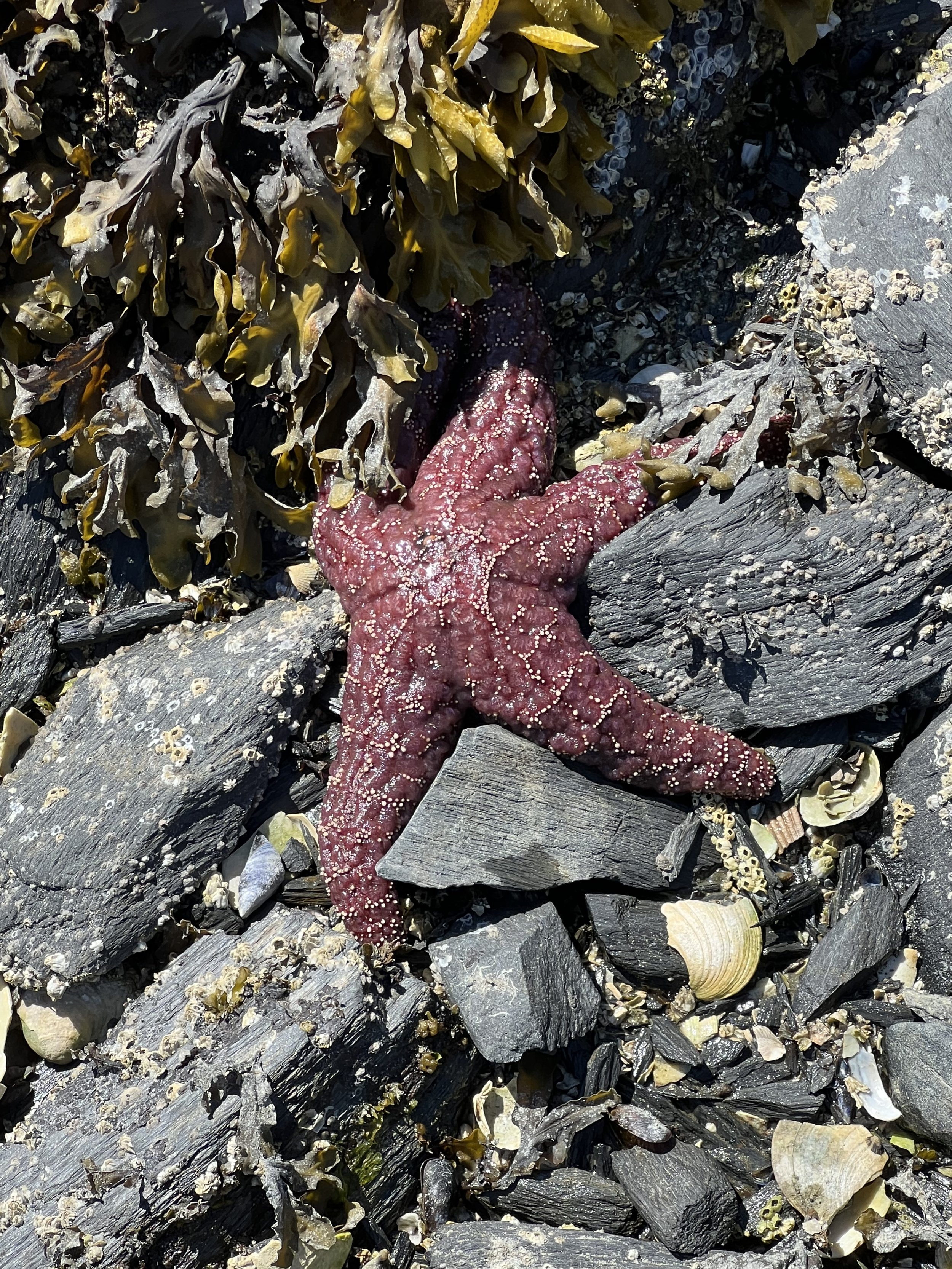Nature’s Classroom: Opting Out Of The Status Quo
Over the years, it seems like the majority of our family leisure activities have been centered around a blend of outdoors and homesteading activities. For example, we might go on a hike, and end up finding wild grapes or blackberries or blueberries, which would lead to a great snack and a preserving project. It helps keep us all active, provides a very natural supplemental sustenance, and gives us an opportunity to learn and pass on skills. We’ve explored numerous types of U pick operations, fished, hunted... I’m sure you get the idea.
Come to think of it, the kids have never been to Disney World or Six Flags. We have always tended to favor the nature rooted entertainment: zoos, aquariums, botanical gardens, national parks, and the like. While some may have a problem with the principle of exhibiting animals in captivity, whether we like it or not, they exist and can be an excellent educational tool and stimulus for creativity. For some, it may be one of the only opportunities available to connect with nature and the great outdoors.
Have my kids been in some way deprived?
Perhaps, but maybe that’s by design.
The hyperstimulation that our predominant culture promotes can be harmful. Have you noticed an escalation in the violence and sexualization in content produced for younger and younger audiences? We have opted to steer our kids clear of it to the best of our ability. Have we done it perfectly? Nope. Have we been demonized for it over the years? Probably. But I don’t care. I am not thrilled with the finished product that our system is producing.
Many of today’s kids are unmotivated, entitled, obese, depressed, delusional and angry. Why are they so sad? Why are they so unmotivated? Why do they have such poor coping skills? Why are they so hostile? It’s rarely just one thing, right? Here are a few thoughts…
5 Reasons That Kids Today Are So Sad and Angry
(1) The erosion and “reimagination” of the family unit
(2) Chronic hyperstimulaiton
(3) Indoctrination
(4) The ultraprocessed, highly refined Western diet
(5) Dwindling physical activity and engagement with nature
Maybe we can refine and break these down some other time.
Basically, the approach that we have used to raise the kids has been to encourage outside play and exploration, model connectedness to nature, minimize electronic interactions (video games, movies, etc), and demonstrate what food is, where it comes from, how to produce or secure it, and how to preserve it.
6 Benefits Of Raising Your Kids In Nature’s Classroom:
(1) Awakens a sense of connectedness and an appreciation of God’s creation
(2) Encourages a cautious approach to consumerism / materialism
(3) Promotes independent thinking / adaptability
(4) Builds a willingness to try new things
(5) Fosters a more active lifestyle
(6) Nurtures a more wholesome, healthy diet
Above all, we have a responsibility to our families. To provide for them. To encourage them. To educate them.
Is nature’s classroom the right choice for your kids?
What barriers do you foresee?
